Salina Vaughn is a Hawaii-based painter whose life and surroundings are inseparable from her work as an artist. She works in her home studio in Honolulu as well as Abiquiu, having long-standing ties to New Mexico both personally and now professionally with her recent opening of Zatara Collective on Canyon Road. She has a lifetime of experience and art appreciation that has brought her to a new chapter as an artist with a worldly eye. Her dedication to her craft and her travels have culminated in an extensive body of unique work with a bold point of view.




Framed

Framed
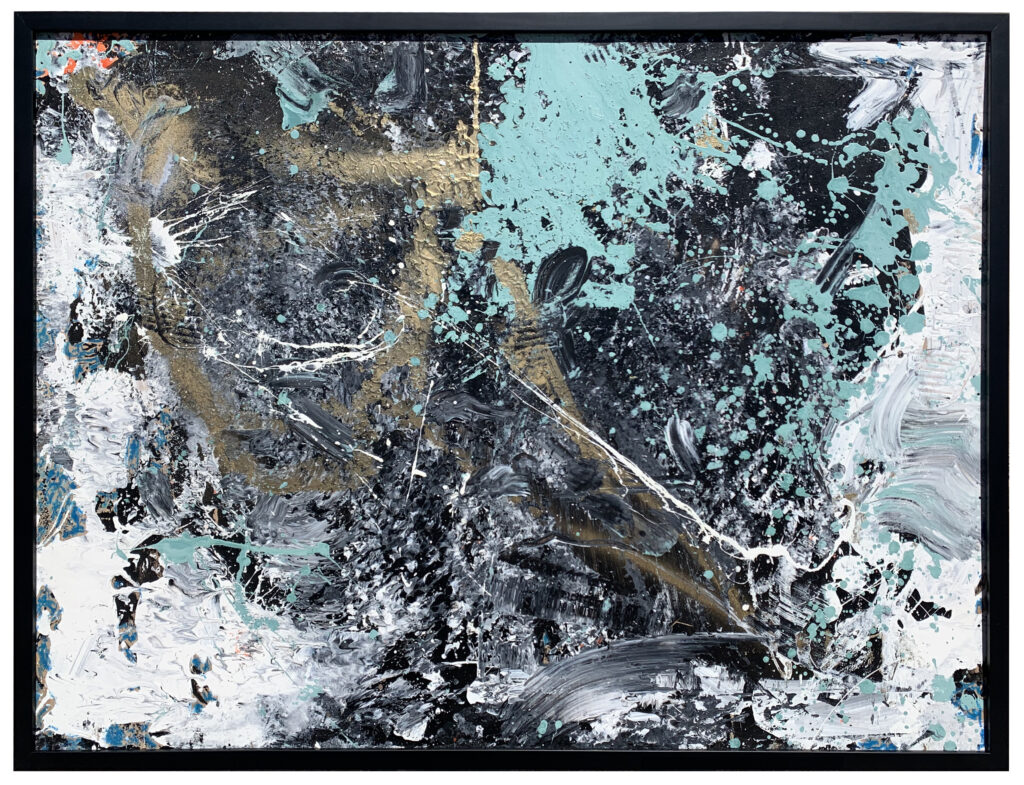
Framed







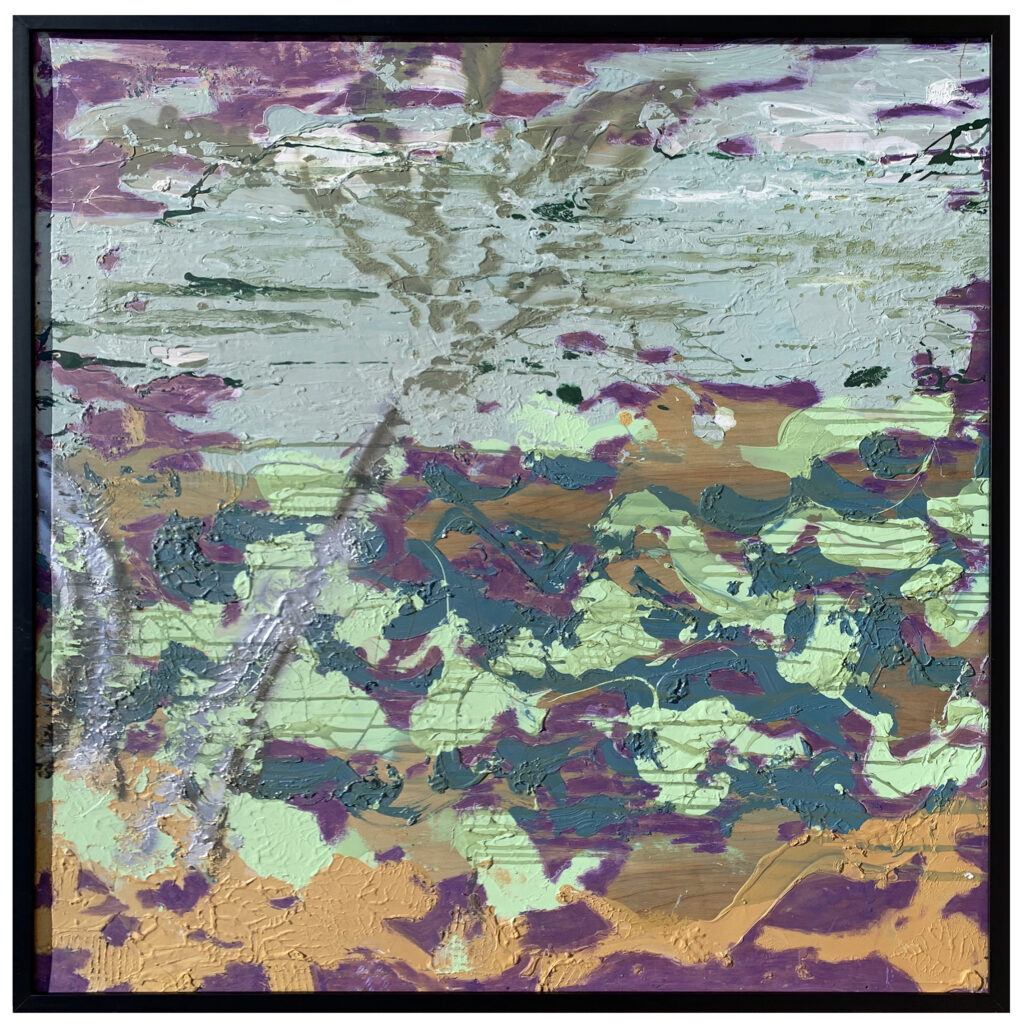
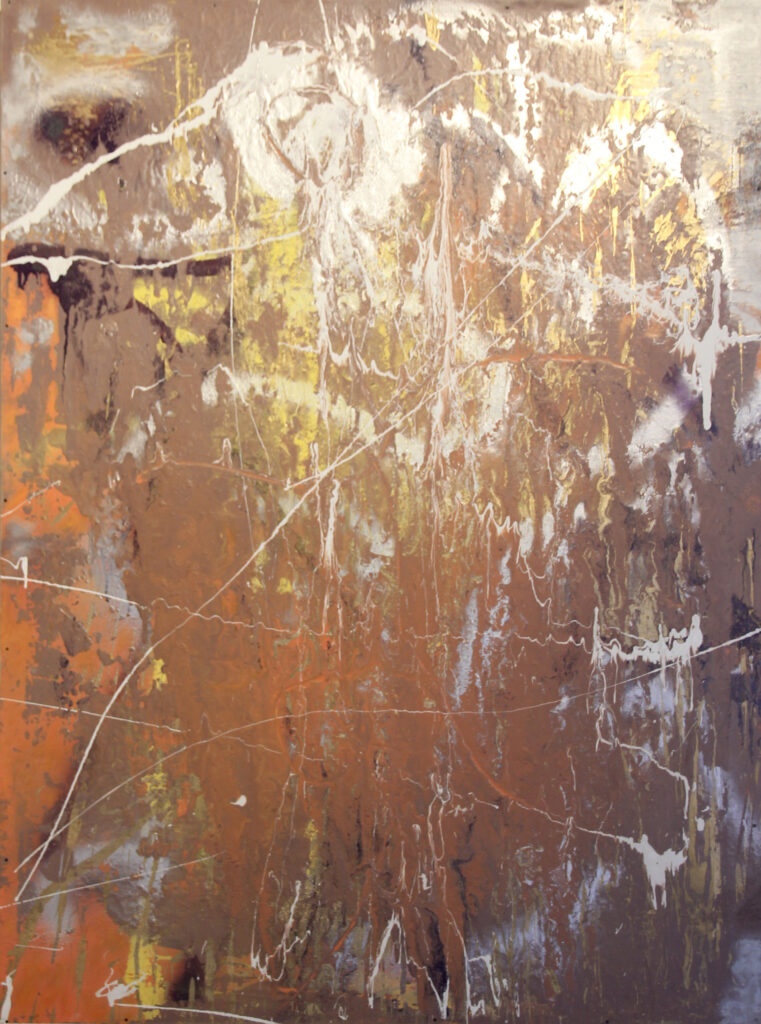

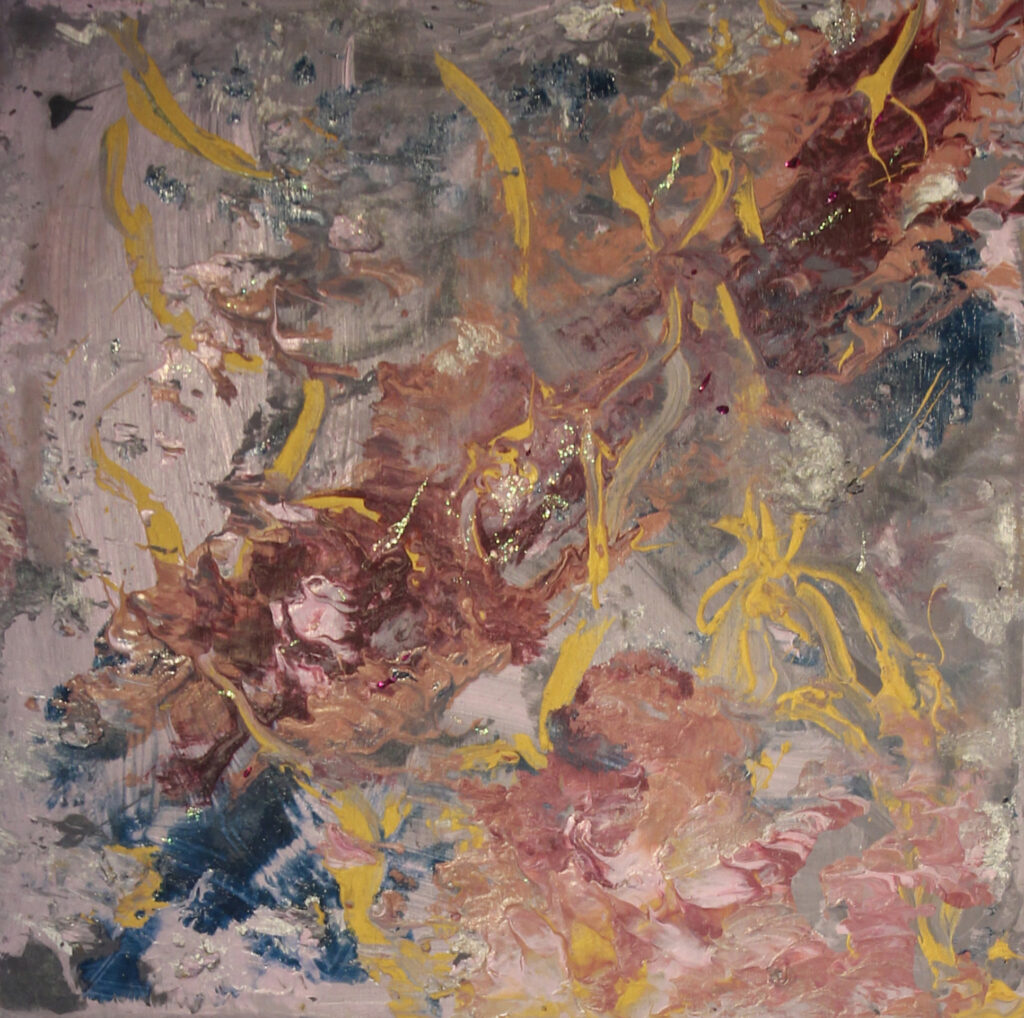
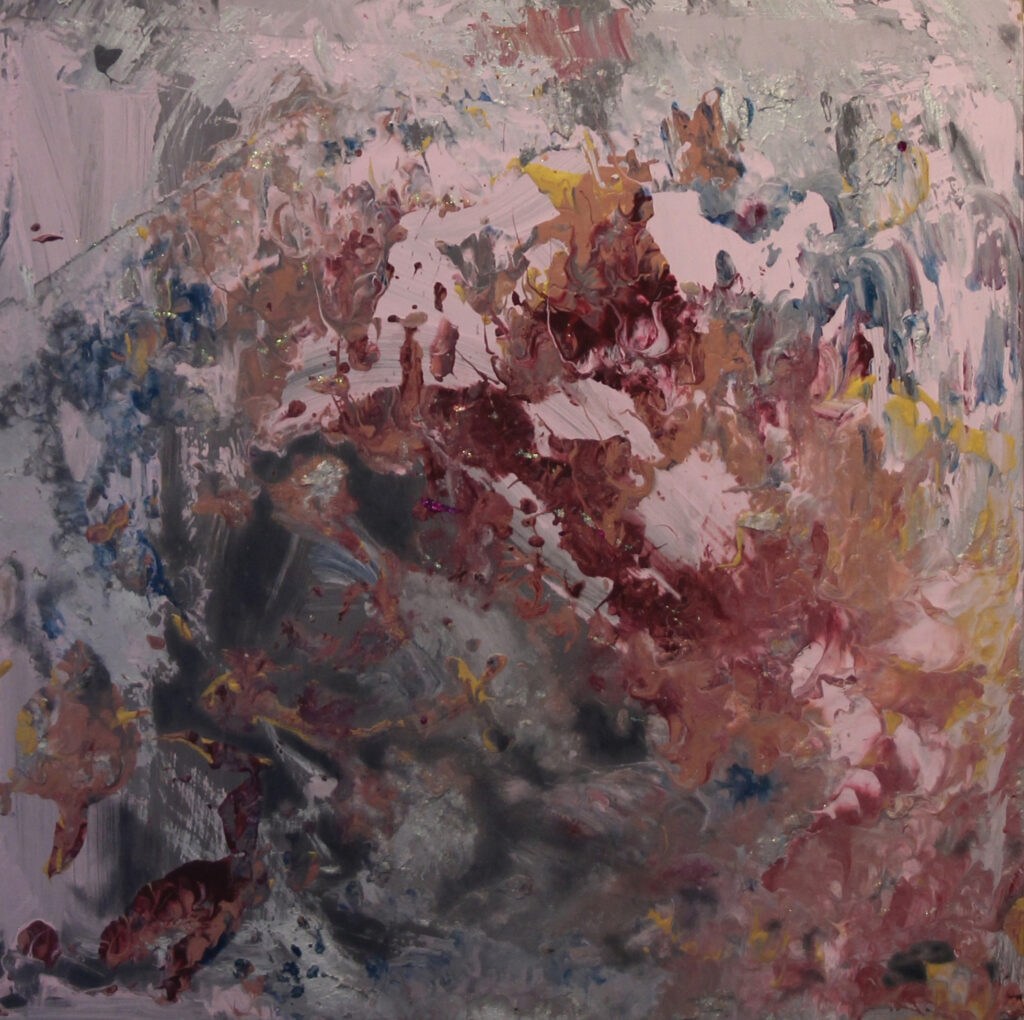
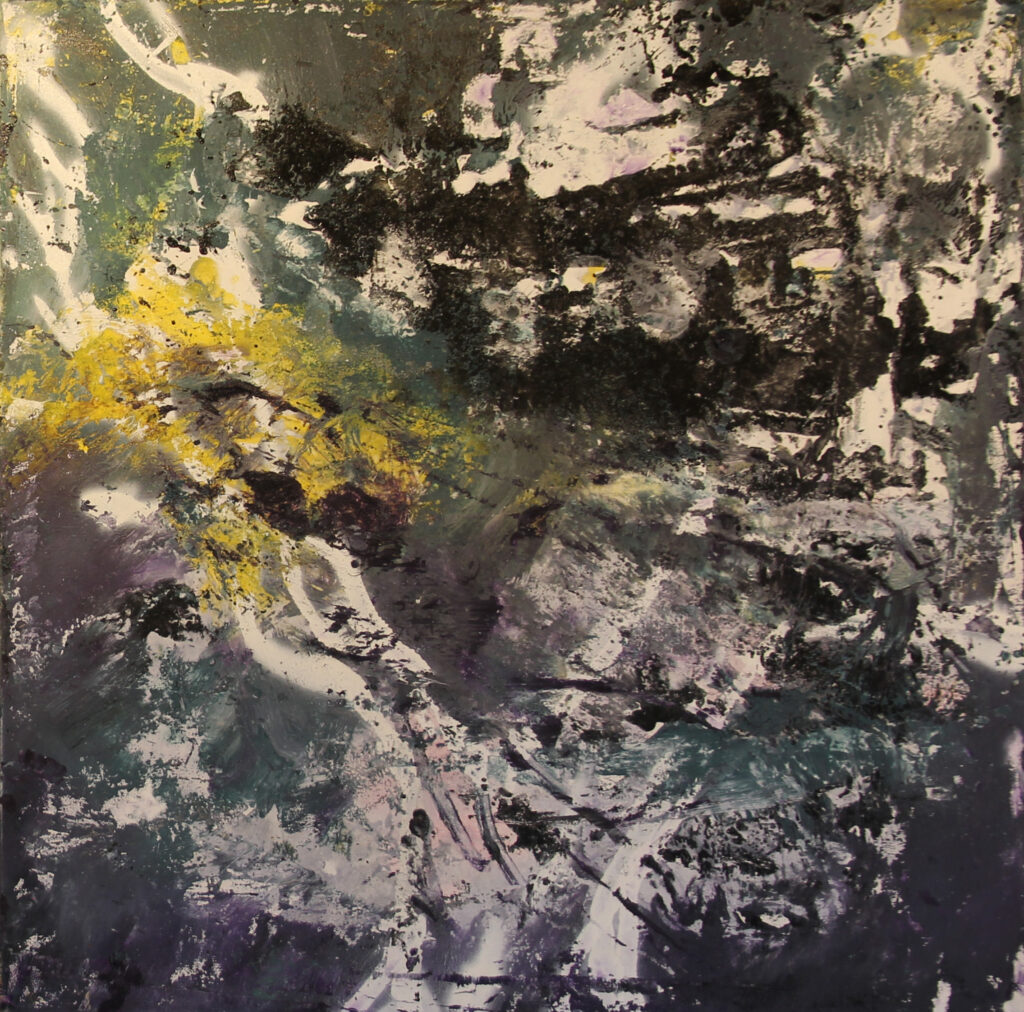



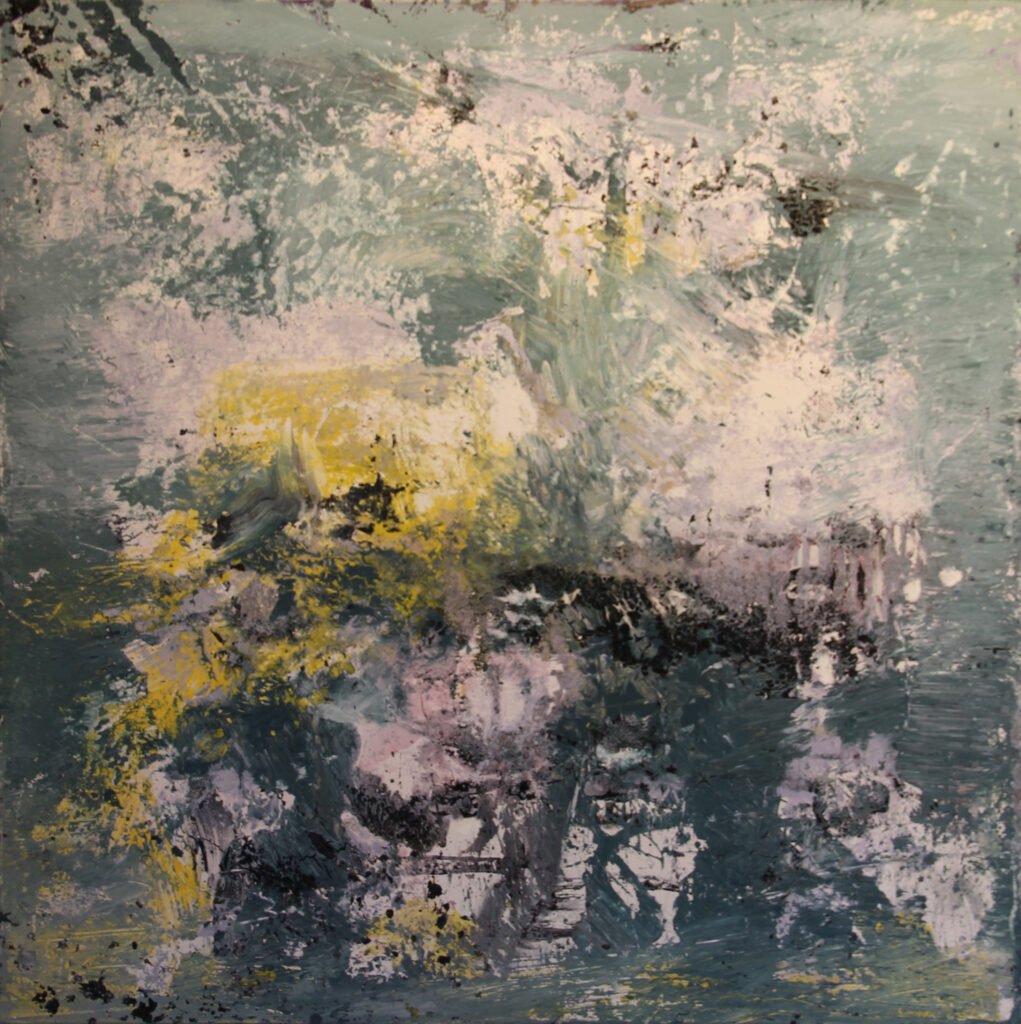
Salina’s late mother has had a lasting influence through her own creative pursuit of Japanese-inspired floral arrangement and tropical garden in Hawaii. In her teens she began taking self-guided trips to Maui to peruse the many art galleries. Though she had always been drawn to painting, these youthful explorations served as an early period of enlightenment that led her down a path of intense connection to art that evokes emotional expression with vital, living energy. It was in these Maui galleries she became introduced to the work of some of the masters in whose work she would find inspiration — during those times she was especially drawn to the work of Chagall, Dali, Hockney and O’Keefe. Traces of these early influences would later find their ways into Salina’s work filtered through her own lens. Salina’s youthful connection to art, combined with early memories of painting ceramics with her mother and other creative pursuits, all gestated throughout a life of love, loss, travel and art curation — now fully in practice as evidenced by her prolific workflow.
As an adult, Salina pursued work in the business-focused side of the fashion industry for years, and a continuing wanderlust led her to travel all over the world in order to continue her self-education in art history and technique. She gravitated toward the bold and beguiling color use of impressionism and modern expressionism. Later, while visiting Amsterdam some twenty years ago she saw Van Gogh’s work in person and found a deep love for his use of thick layers of paint and emotive impressionism. Seeing Van Gogh’s work in person showed Salina just how alive paint can be — a major factor in her paintings, which are always imbued with life and movement.
These milestones in life — partnered with a deep connection with her mother and her flowers, the relationships she’s had and an affinity for nature — laid a potent foundation of inspiration for Salina. Following the passing of her mother, a devastating loss and also a catalyst moment, Salina began to throw herself into her work and has amassed hundreds of pieces in a relatively short period of time. For Salina, painting is a form of therapy, and through it she cultivates her practice leading to a rare trust and excitement in her work. In the past few years she has found a natural rhythm to her work and in painting has found a life’s worth of inspiration and emotion.
Artist’s Statement:
Salina Vaughn works in mixed media, employing a variety of methods as suits her in the moment of creation. Each piece is created through a series of pouring, splattering, spraying and manipulating the paint as well as through more traditional brush techniques. Salina uses different paints, often mismatched house paints and acrylics/oil/oil sticks, with a focus on process as a means of emotional exploration of the psychic realm. This practice lends each piece a sense of wilderness, in equal turns as disordered and organized as the natural world we share. Her unique use of color and mastery of shaping paint creates pieces that often reference impressionism and abstract expressionist work while existing wholly in a fresh, contemporary setting all her own.
Salina’s work often comes from an intuitive connection to the world around her, drawn from her relationships with family, romantic partners, nature, environmental and social activism — focusing largely on protection of indigenous peoples’ rights and cultural practices. Each piece is deeply personal, a natural extension of Salina’s daily life and emotional landscape. In this way, each piece has its own point of view while also existing as a point in a continuum that converses with itself when viewed as a single body of work. The paintings often interact on a practical level as well, given that Salina will often start several pieces at a time and use excess paint and other materials across several pieces at once. Salina views her life and her art as one in the same, and this interconnectivity shines through her work as a keen viewer may find threads of emotion and technique from piece to piece.
Often, Salina’s work is a result of intuition and manifestation, a living diary that results from her personal connections to others and the world. She feels that psychic
energy permeates her life and work. A recent example is her piece “Static Apnea,” which she made one night not fully knowing where the inspiration for it had come from. The next day, she spoke with her friend — theater director Christopher McElroen — who had just unveiled an immersive theater piece titled “Static Apnea.” The color use and structure of the piece that Salina had created complimented McElroen’s piece in eerily prescient ways, evoking similar themes even though each piece had been made in isolation from the other. This type of psychic connection is prevalent in Salina’s work, and is not merely a feature but a core aspect of her art.
In addition to being influenced by her daily life, Salina has dedicated a lifetime’s focus to absorbing an eclectic variety of art that spans the globe as well as human history. Salina draws from the masters of old as well as contemporary influences such as urban graffiti art and use of spray paint technique — such as the work seen annually via Hawaii’s Pow! Wow! street art festival. Salina’s pieces often give the viewer a sense of a visual form of remixing — creating something new and wholly her own from references to a broad spectrum of art history and finely-curated personal taste. She uses these techniques to document our living history as well as her own life. Salina views art as a tool for activism, and to this end has a series of works depicting the ongoing protests at Mauna Kea — a sacred spot for indigenous peoples in Hawaii that has been tapped as a site for building telescopes for astronomical observation. Salina feels a responsibility as an artist to document history as well as bring awareness to current pressing environmental events.
Salina’s recent work continues to demonstrate her attachment to nature, often utilizing floral imagery that belies a connection to her mother and other important figures
in her life as well as her tropical home state of Hawaii and her remote Abiquiu home and studio. Recent paintings utilize a unique use of color theory and are extremely tactile in their presentation. The techniques Salina employs vary from piece to piece in a way that is intuitive and calculated all at once. These works borrow from the discipline of sculpting as much as from more traditional painting technique and other disciplines — often Salina uses her palette knife, sticks and printmaking technique.
What exists as a through line in her recent works is a core of hope, as Salina attempts to not just tell her own story through painting but indeed our collective human story as we appreciate moments of beauty in an ever-changing world both natural and man-made. She does this through work that is alive and has movement, often changing before viewers’ eyes as they probe further into the work. These paintings, according to Salina, are often the result not merely of putting paint to canvas, but of collaborating with the paint and with the energy of the world.

